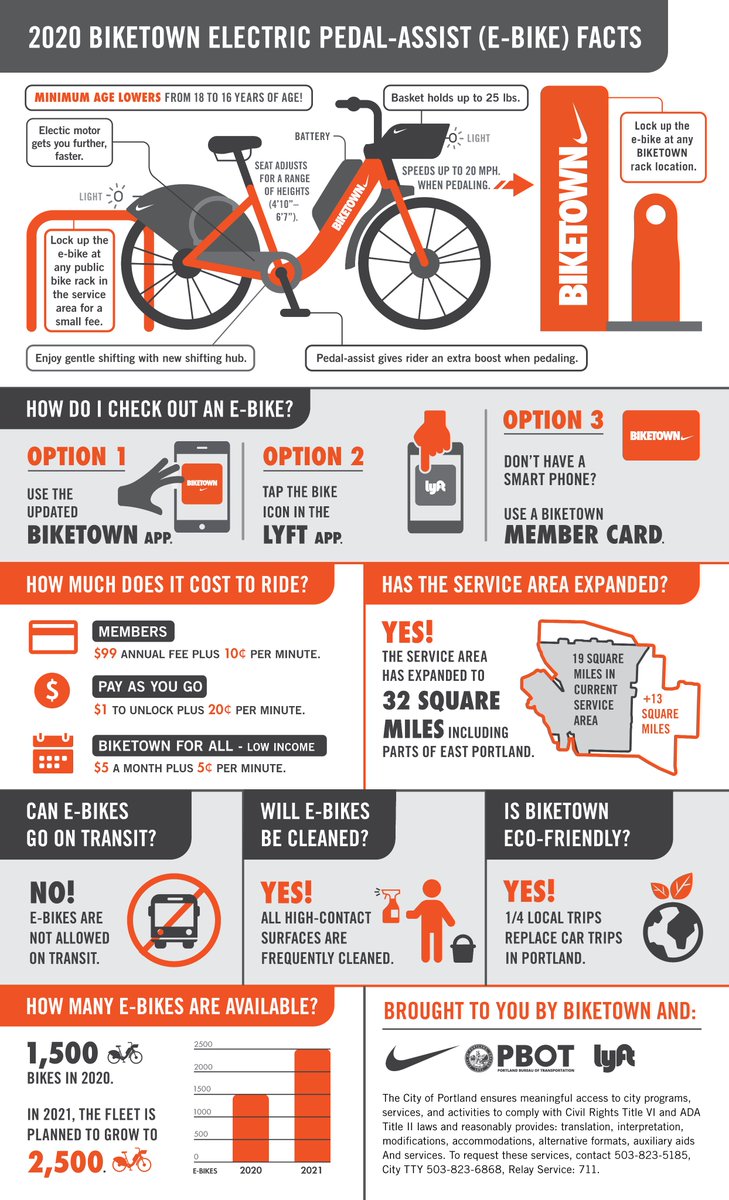Understanding E-Bike Classes: What Each Type Means
Understanding E-Bike Classes: What Each Type Means
Blog Article
Article Produced By-McFarland Lopez
If you're considering purchasing an e-bike, recognizing the different courses is type in making a notified decision. You might be shocked at how each class supplies unique attributes that satisfy different riding preferences and legal requirements. From pedal-assist choices to throttle-controlled versions, each course has its advantages. So, before you select the excellent e-bike for your requirements, it's vital to understand the differences between Class 1, Class 2, and Class 3 e-bikes.
Course 1 E-Bikes
Class 1 E-Bikes are defined as pedal-assist electric bicycles that give aid only when you pedal, discontinuing to do so as soon as you get to 20 miles per hour. These bikes are best for those seeking a little additional boost while still intending to obtain some workout. Course 1 E-Bikes supply a smooth transition between pedaling and electric help, aiding you overcome hills and long distances easily. The motor starts as quickly as you begin pedaling, giving a natural and simple and easy ride experience.
Among the key advantages of Course 1 E-Bikes is that they're allowed on a lot of bike courses and routes where standard bikes are allowed. This indicates you can check out brand-new paths and enjoy the great outdoors with no constraints.
Additionally, these bikes are eco-friendly and provide a lasting setting of transport, decreasing your carbon impact while still getting you to your destination successfully.
Class 2 E-Bikes
Going on from the pedal-assist characteristics of Course 1 E-Bikes, Class 2 E-Bikes introduce a brand-new aspect into the electrical bike realm. These e-bikes include a spin throttle feature, permitting you to ride without pedaling at all. With this addition, you have the choice to simply engage the throttle and let the motor do the work, driving you forward easily.
Class 2 E-Bikes are perfect for bikers that may need a break from pedaling or call for help when starting from a total stop. This feature makes them specifically appealing for individuals with limited flexibility or those who want a more leisurely riding experience.
Nonetheless, it is essential to note that Class 2 E-Bikes are still controlled by a rate limitation of 20 miles per hour, guaranteeing security and compliance with policies.
Course 3 E-Bikes
For riders seeking a much more vibrant electrical cycling experience, Class 3 E-Bikes offer enhanced rate and performance compared to their Course 1 and Course 2 counterparts. Course 3 E-Bikes are referred to as "speed pedelecs" and can get to rates of up to 28 miles per hour, giving a thrilling ride for those seeking an extra increase. These bikes come outfitted with a pedal-assist system that kicks in when you begin pedaling, making it easier to maintain higher rates with less effort.
https://fat-tire-ebike-factory75421.actoblog.com/33711406/uncover-the-e-bike-that-aligns-with-your-demands-and-follows-legal-guidelines of Course 3 E-Bikes is that they aren't restricted to bike lanes only; they can also be made use of on streets where the rate limit is 30 miles per hour or lower. This adaptability allows bikers to navigate through website traffic extra successfully while still appreciating the benefits of electric aid.
Nevertheless, it's necessary to keep in mind that some locations might have specific guidelines relating to using Course 3 E-Bikes, so constantly inspect local laws prior to hitting the trail.
go source , since you understand the differences between Course 1, 2, and 3 E-Bikes, you can make a notified choice on which kind best matches your demands. Whether you favor pedal-assist, throttle function, or higher speeds, there is an E-Bike class around for you. Bear in mind to consider your neighborhood policies and personal preferences prior to making your selection. Pleased riding!
